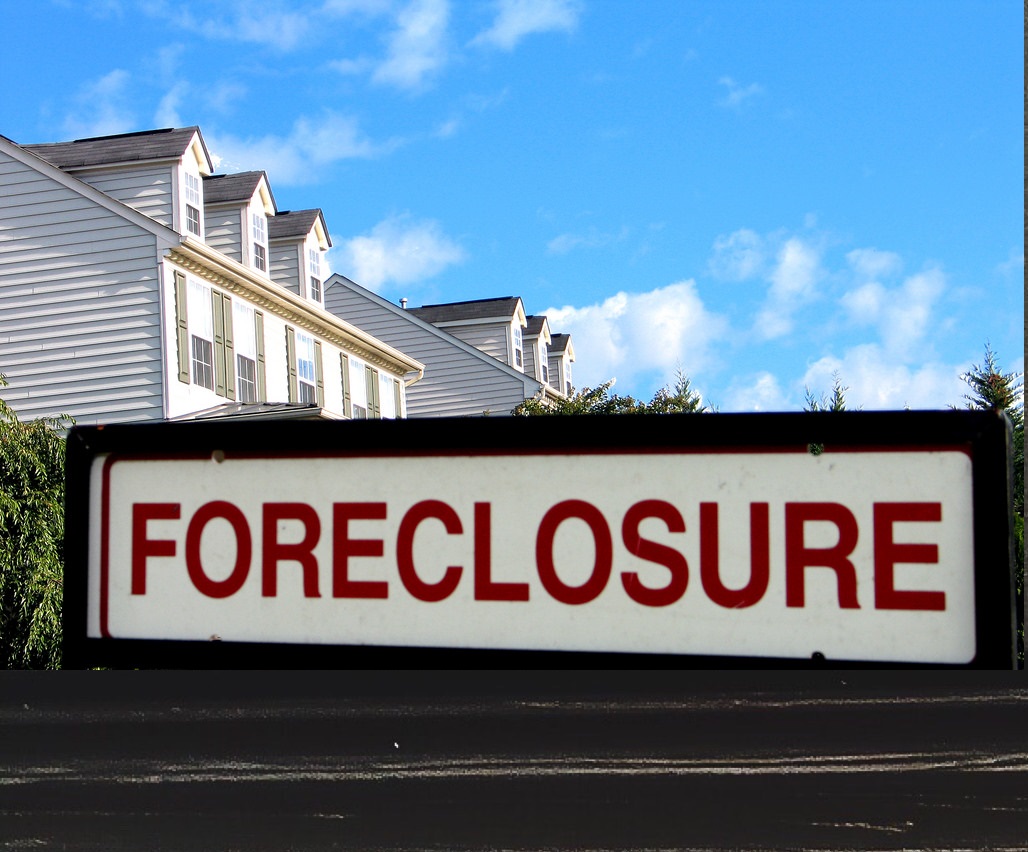Trying To Avoid Foreclosure
What Do You Have To Lose?
Get Started Now...
Looking For Ways To Stop Foreclosure? Selling The House Is One Of The Ways We Can Help Avoid Foreclosure.

Foreclosure Procedures in Texas
Texas Mortgage Loans

Preforeclosure: What Happens When You Fall Behind in Payments
Late Charges
Early Intervention Requirements
When Foreclosure Can Start
Texas Foreclosure Process
Notice of Default and Intent to Accelerate
Notice of Sale
After the cure period has expired, and at least 21 days before the foreclosure sale, the servicer then sends a notice of sale (via certified mail) to each borrower who is obligated to pay the debt. The notice of sale will also be:
- posted at the courthouse door in the county in which the property is located, and
- filed with the county clerk in the county in which the property is located.
The notice of sale must include the date, time, and location of the sale, as well as a disclosure geared toward military servicemembers that they should notify the sender of the notice about their military status. (To learn about the protections available for servicemembers facing foreclosure, see Legal Protections for America’s Military: The Servicemembers’ Civil Relief Act.)
The Foreclosure Sale
Foreclosure sales are generally held the first Tuesday of each month between 10:00 a.m. and 4:00 p.m. at the county courthouse. The sale must begin at the time stated in the notice of sale, but no later than three hours after the time scheduled on the notice of sale.
The property will be sold to the highest bidder at the sale, which is often the foreclosing lender. (At the sale, the lender usually makes a credit bid.) If the lender is the highest bidder, the property becomes REO.
Deficiency Judgment Following the Sale
In a foreclosure, the total debt the borrower owes to the lender frequently exceeds the foreclosure sale price. The difference between the sale price and the total debt is called a “deficiency.” For example, say the total debt owed is $200,000, but the home sells for $150,000 at the foreclosure sale. The deficiency is $50,000.
In some states, the lender can seek a personal judgment against the debtor to recover the deficiency. Generally, once the lender gets a deficiency judgment, the lender may collect this amount—in our example, $50,000—from the borrower. (Learn about methods that creditors can use to collect judgments.)
In Texas, the lender may obtain a deficiency judgment after a nonjudicial foreclosure. For nonjudicial foreclosures, the lender must file a lawsuit to obtain the deficiency judgment within two years after the foreclosure sale.
Texas state law allows the borrower to receive credit for the fair market value of the property. This means the borrower is entitled to an offset in the deficiency amount if the fair market value of the property is greater than the foreclosure sale price. (Find out more about Deficiency Judgments After Foreclosure in Texas.)

Redemption Period
Eviction Following Foreclosure
- offer you a cash-for-keys deal, or
- take steps to evict you.
Our 5 Step Process to Buy Pre Foreclosed Houses in Dallas TX

Contact Us

Tell Us About Your Situation

Appointment for Evaluation

We Will Make You An Offer

